Crimson Trace line of RAD dot sights cover everything from big to small. Here is their CT RAD Max Pro. All the RAD dot sights have a 3 MOA dot for red dot sights and a 5 MOA dot for their green dot sights. The Pro versions of the RAD dot sights have there CT Motion Sensor. CT sights with the CT Motion Sensor will shut off after 2 minutes of inactivity. RAD dot sights also shut off after 8 hours of continuous use to conserve battery.
The CT RAD MAX Pro below is an upscaled version of their pistol dot sight for use on a large format pistol like this AR pistol.

Their CT RAD dot sights have a Docter footprint and are offered in standard or pro versions with the Motion Sensor. They are also offered in Red or Gree dots. They have a top mounted battery and will retail for just $249.99.
Their Micro has a JPoint/Shield RMS. The Micro does not have manual adjustable brightness but feature their CT Radiance ambient light sensor for auto brightness.



The CT RAD Micro will retail for $224.99 while the CT RAD Micro Pro will retail for $50 more at $274.99.
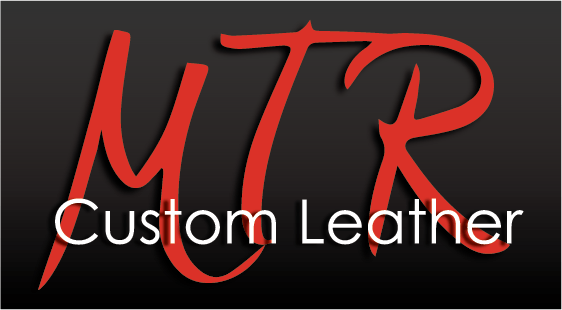
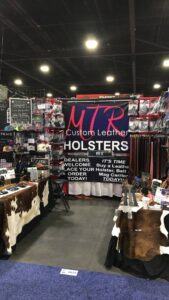






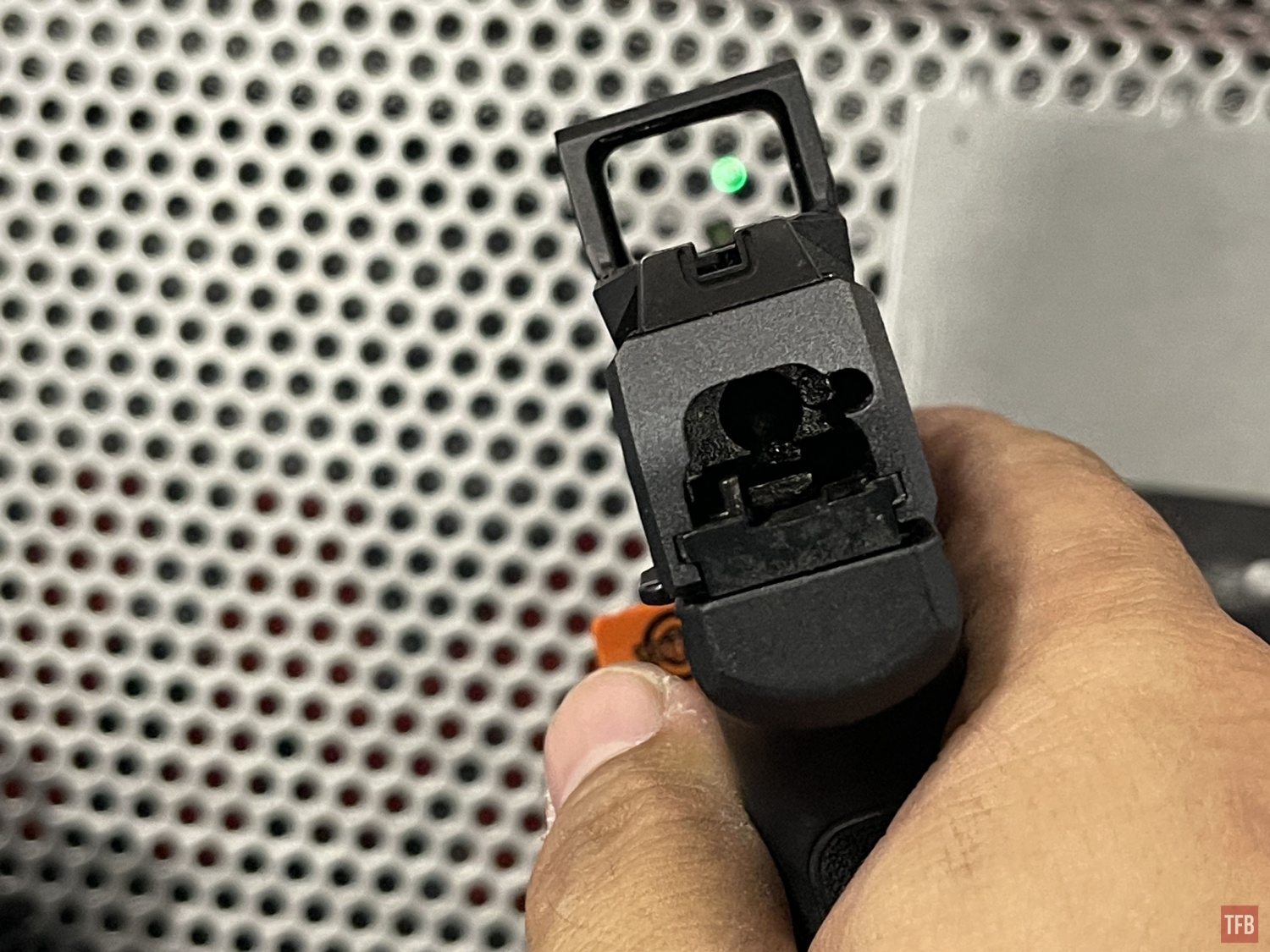
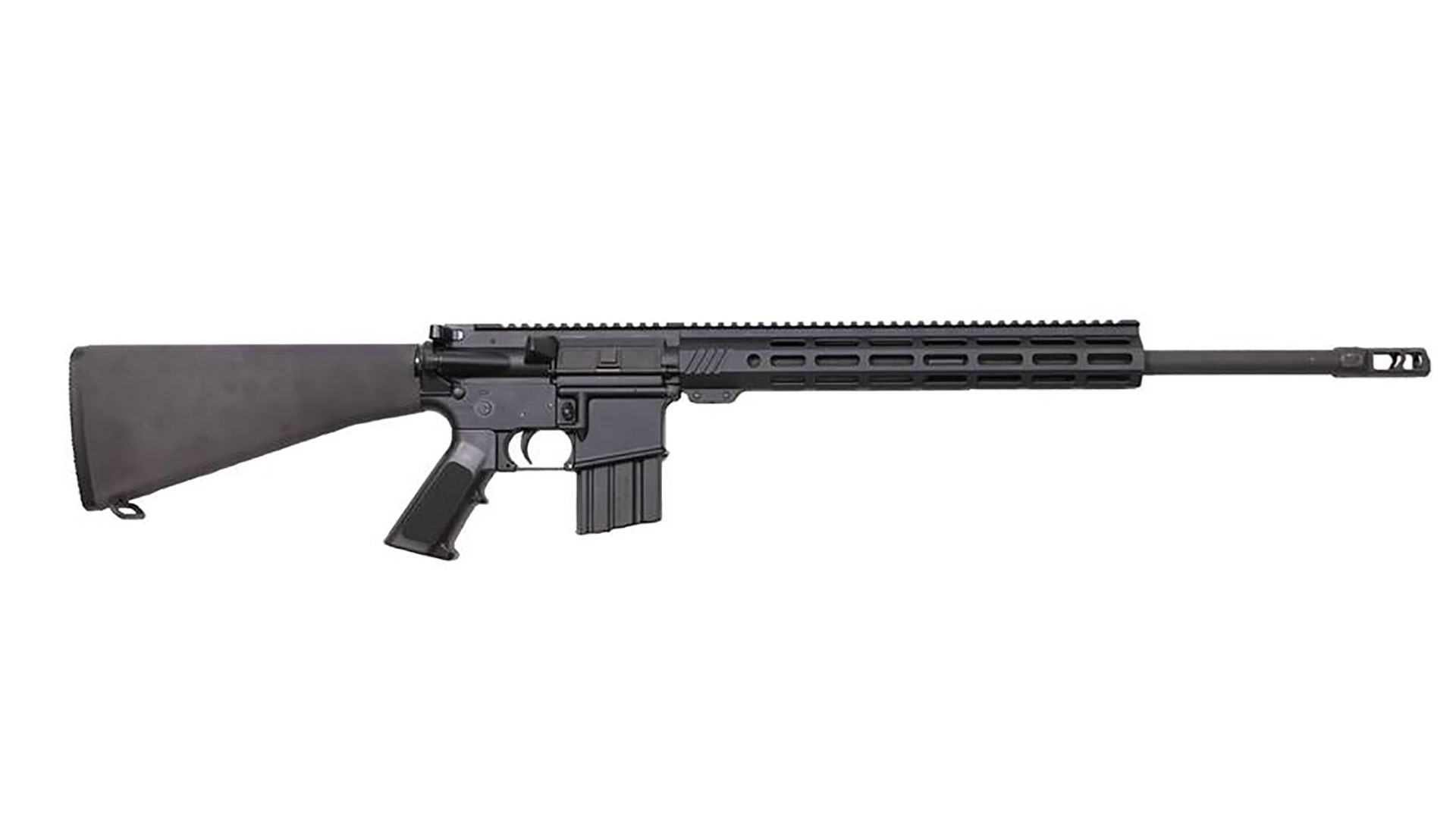
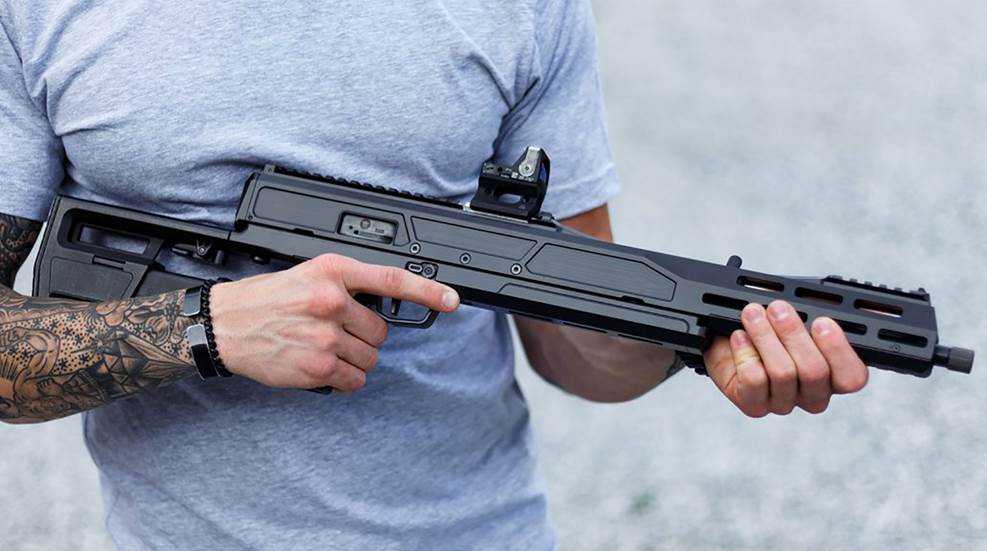











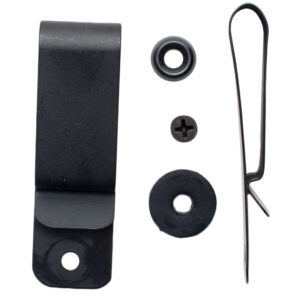
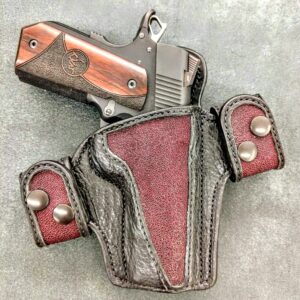
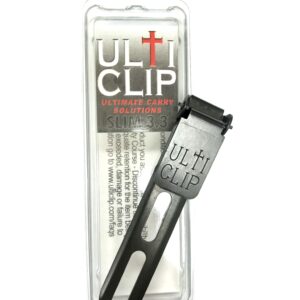
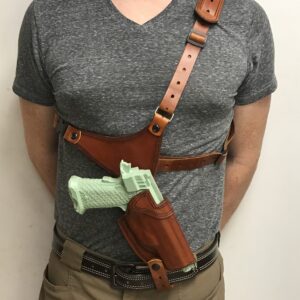
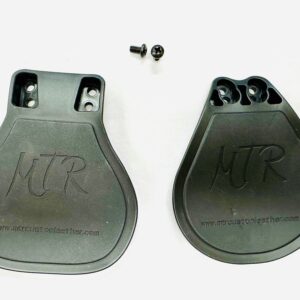
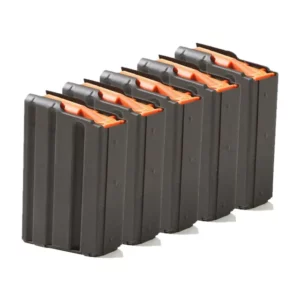
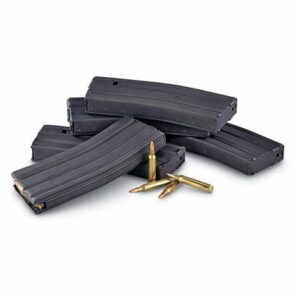
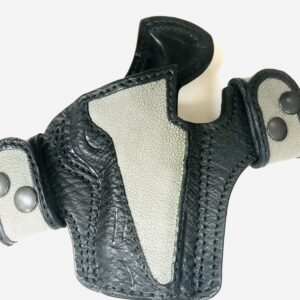
Recent Comments